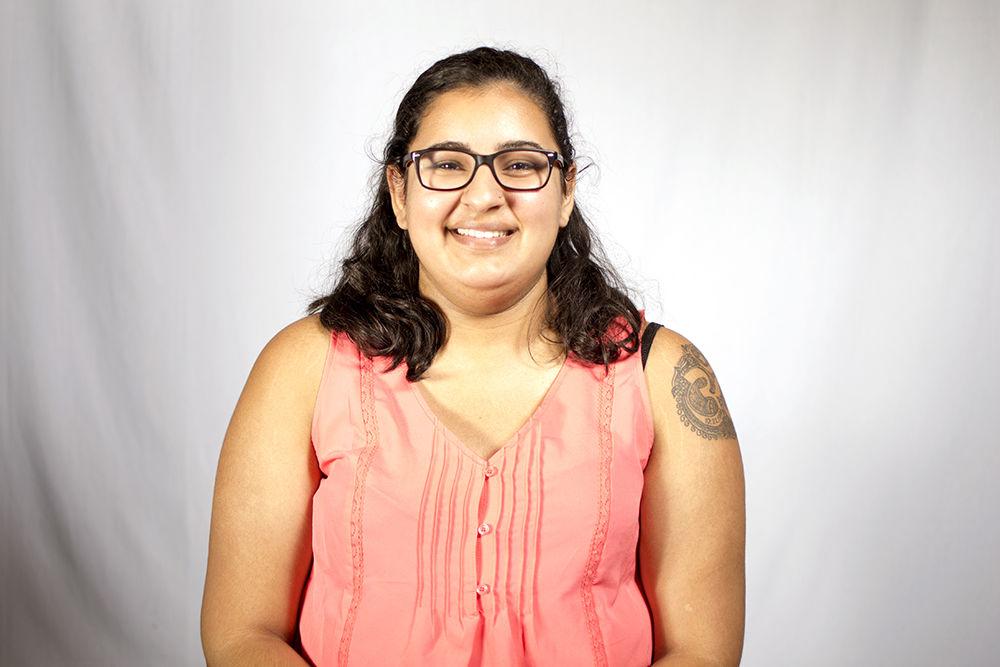“Mental health is a global issue. Mass shootings are an American issue.” Dozens of signs with this and other similar messages waved in the Washington, D.C., air at the March for Our Lives this past Saturday, largely in response to lawmakers who refuse to acknowledge the existence of mental illness until a “lone wolf” white man picks up a gun and causes mass destruction.
Associating violence with mental health — that is, positing violence as a result of mental health — has been a demonizing stigma for decades. It is furthered by the notion that any behavior outside of the so-called norm is explained away as a result of mental illness. Not only does this disenfranchise anyone with an actual mental illness, but it also separates those who have caused harm from the consequences of their actions.
When it comes to gun violence, the mental health excuse has historically been slapped onto mass shootings carried out by white men. For example, Nikolas Cruz, the Parkland shooter, had a history of loneliness and schizophrenia. Adam Lanza, the Sandy Hook shooter, supposedly had an untreated history of “psychiatric and physical ailments like anxiety and obsessive-compulsive disorder,” according to The New York Times. James Holmes, who shot up a movie theater in Aurora, Colorado, had reportedly seen “at least three mental health professionals at the University of Colorado prior to the massacre,” according to CBS News.
Not only is it problematic to write off massive acts of violence as driven by mental illness, but it is also problematic to go back after the fact and task the survivors of mass shootings, many of whom are students — mere children — with taking the responsibility of making sure it never happens again.
This has, however, been the response from many teachers and adults across the nation. In response to student-led walk outs on March 14, in which students left classes for 17 minutes on the one-month anniversary of the shooting in Parkland, teachers pleaded students to “walk up, not out.” The premise of this movement is, according to Virginia teacher Jodie Katsetos, “Walk UP to the kid who sits alone and ask him to join your group, walk UP to the kid who never has a voluntary partner and offer to be hers, walk UP to your teachers and thank them, walk UP to someone and just be nice.”
The movement was supported by Ryan Petty, father of Alaina Petty, one of the students killed at Marjory Stoneman Douglas High School, who posted a similar message to Katsetos’ on his Twitter.
Not only does this kind of mentality only apply to shootings within a school context, it also puts the heavy weight of responsibility on students to watch out for one another’s mental health — something that no one but a professional should be doing. In regards to gun violence, the “walk up” method does nothing to provide better resources for schools to hire counselors. Outside of the school context, the movement does nothing to fund programs that provide job training and subsidized housing for those living in the streets.
What a “walk up” program does do is blame already traumatized students for something that shouldn’t be their responsibility to prevent. Students at Stoneman Douglas, as well as others within the community, had reported Cruz to authorities for problematic behavior several times before the tragedy on Feb. 14. Authorities did nothing.
Ultimately, while more attention should be paid to mental illnesses among students, particularly given the recent, unprecedented rise in anxiety within teens, the notion that mental illnesses are the sole reason why someone would carry out any kind of gun violence is flawed. It not only puts a negative light on all individuals who suffer from mental illness, but it also gets rid of any responsibility for the lives lost.
Mental illness is most definitely something that needs to be addressed within the context of gun violence, not as a sole causation for mass shootings, but rather as a recognition of the lack of resources providing the kind of mentorship and attention that the youth of our country needs in order to flourish.
Moving forward, while some extra kindness certainly doesn’t hurt, it’s important to remember that it is not our responsibility as students to keep tabs on the mental health of our peers. Rather, it is our responsibility as a society to provide adequate resources to ensure that students not only receive an education without fearing for their lives, but also have access to proper counseling.
In the words of Edna Chavez, a student advocate from south Los Angeles who spoke at the March for Our Lives in Washington, D.C., “We need to focus on changing the conditions that foster violence and trauma.”














